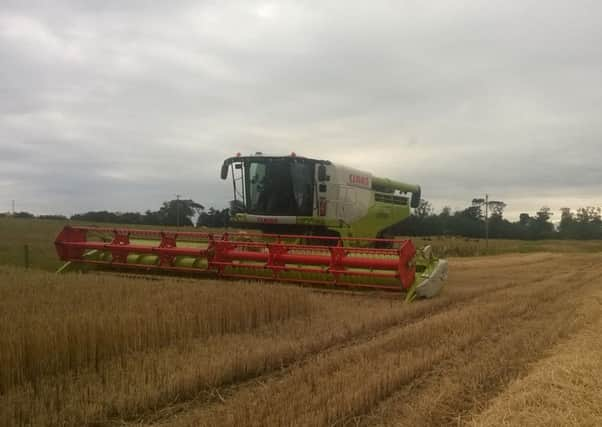Cereal growers urged to consider the full package


Speaking as Scotland’s Rural College (SRUC) published its recommendations on cereal varieties for 2016, Dr Steven Hoad of the College’s Crop and Soil Systems Research team argued that while it remained essential to check market use and sale across different varieties, today’s conditions required additional factors to be taken into account.
“The cereal varieties which SRUC have recommended in general have the highest commercial and agronomic value for Scottish growers and those using the crops,” he said.
Advertisement
Hide AdAdvertisement
Hide Ad“But in support of market use and saleability, growers are encouraged to consider factors such as the timing of harvesting, the risk of sprouting, disease risk and straw strength and length.”
He said that while the list contained the usual agronomic details, increasingly volatile weather patterns during the growing season and at harvest, together with tighter restrictions on pesticide usage, merited a closer study of the entire package offered by a variety.
However, Hoad admitted that there was currently little new on the list to challenge the established varieties – although there were some promising candidates coming through.
Looking at spring barley, Hoad said that there had been challenges with issues such as skinning in recent years.
“When the variety Concerto arrived in 2009 it set new standards for processing quality, but as we have learnt it is not the complete package when coping with the challenges of the Scottish climate.”
He said that new spring barley varieties with the potential to deliver some much needed stability in agronomic performance were working their way through the list – but conceded that Concerto was likely to continue to dominate for the next two years.
“As with all new varieties, it’s important to test their potential against the current market leaders. New malting barley varieties are at least two years away from having full industry approval. This is because several seasons of micro and macro scale tests are needed to evaluate their market promise.”
On the wheat front he said the grain distilling industry’s preference for a soft grain which was large in size, low in protein content, with good specific weight and low screenings would continue to prevail.
“Ratings for wheat distillery performance range from good for varieties such as Viscount to poor for all hard wheat varieties.
